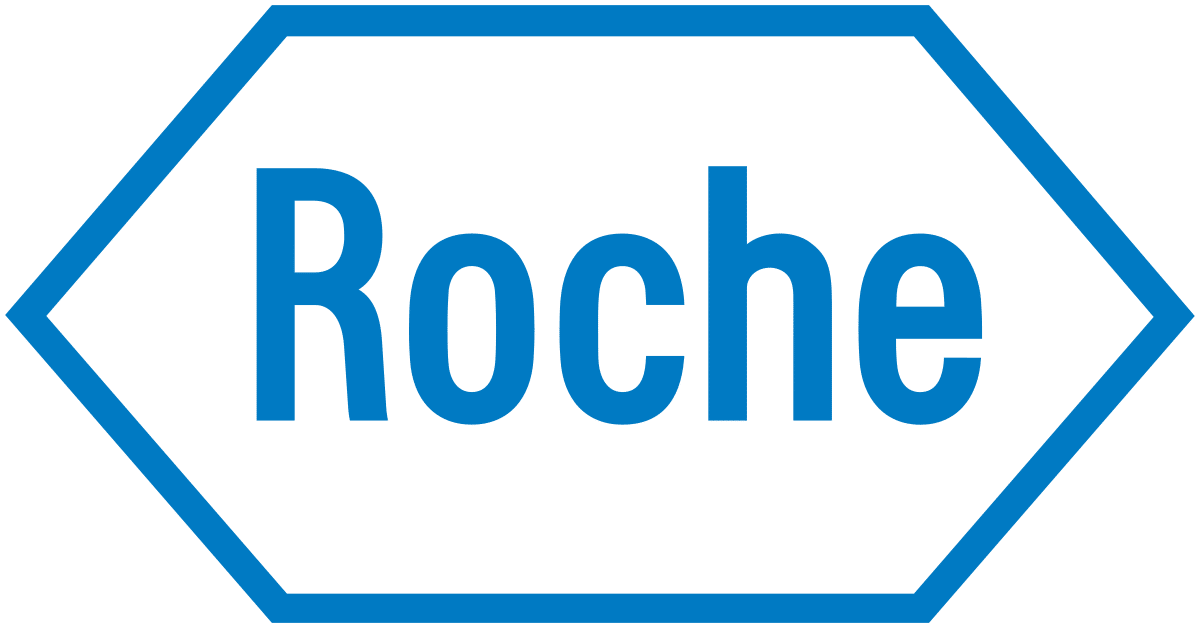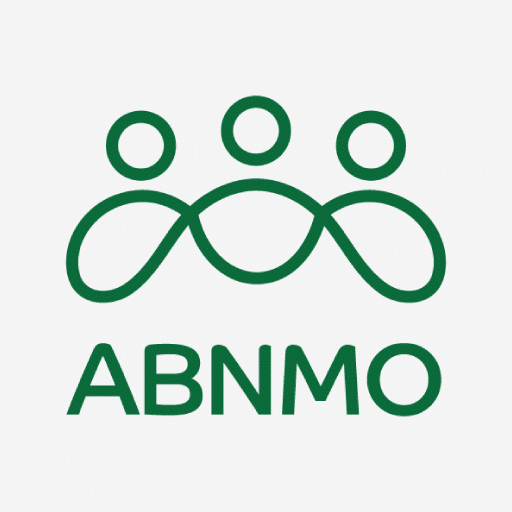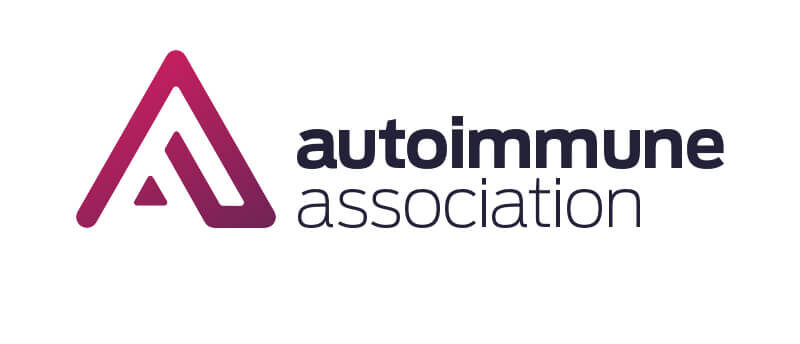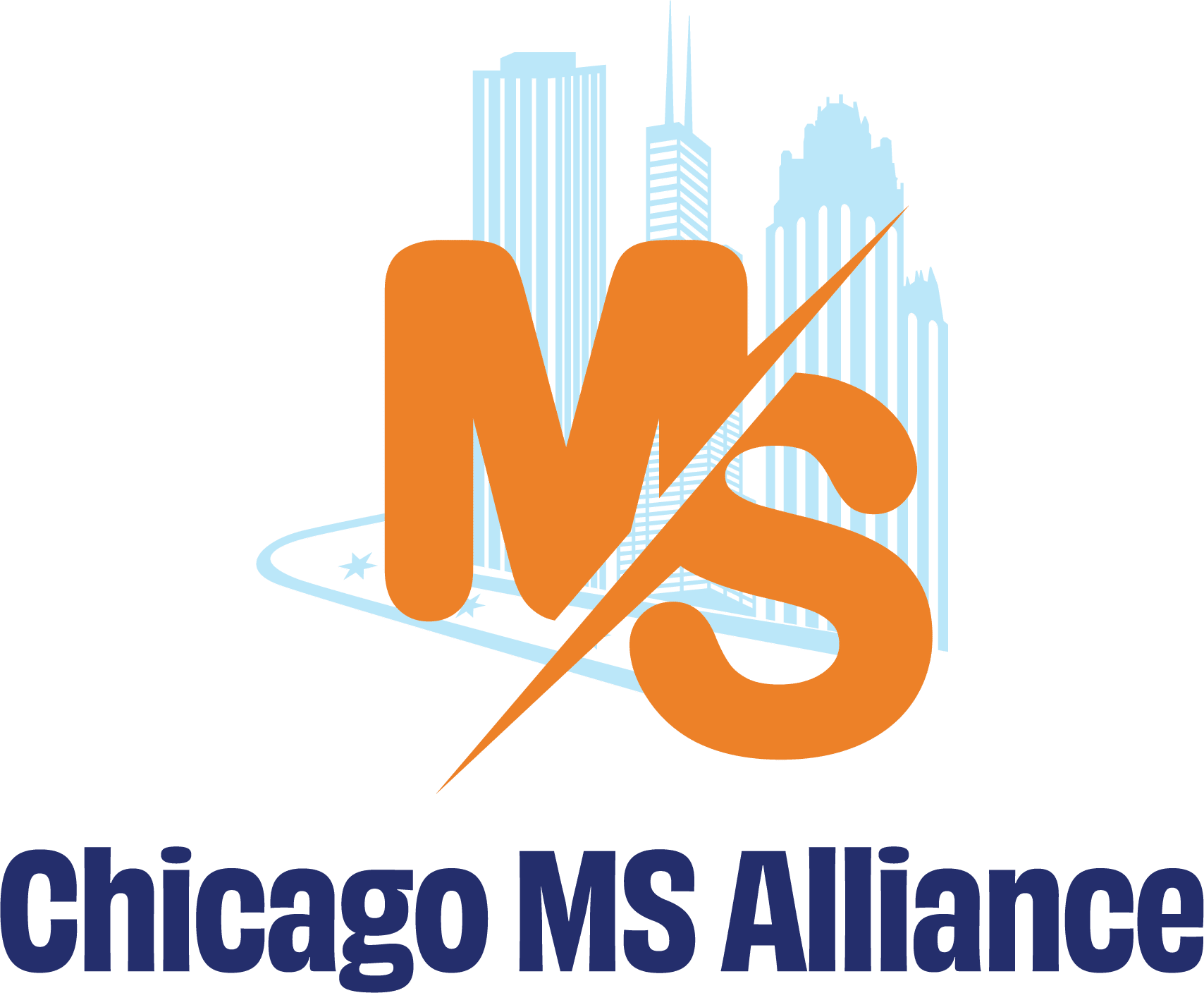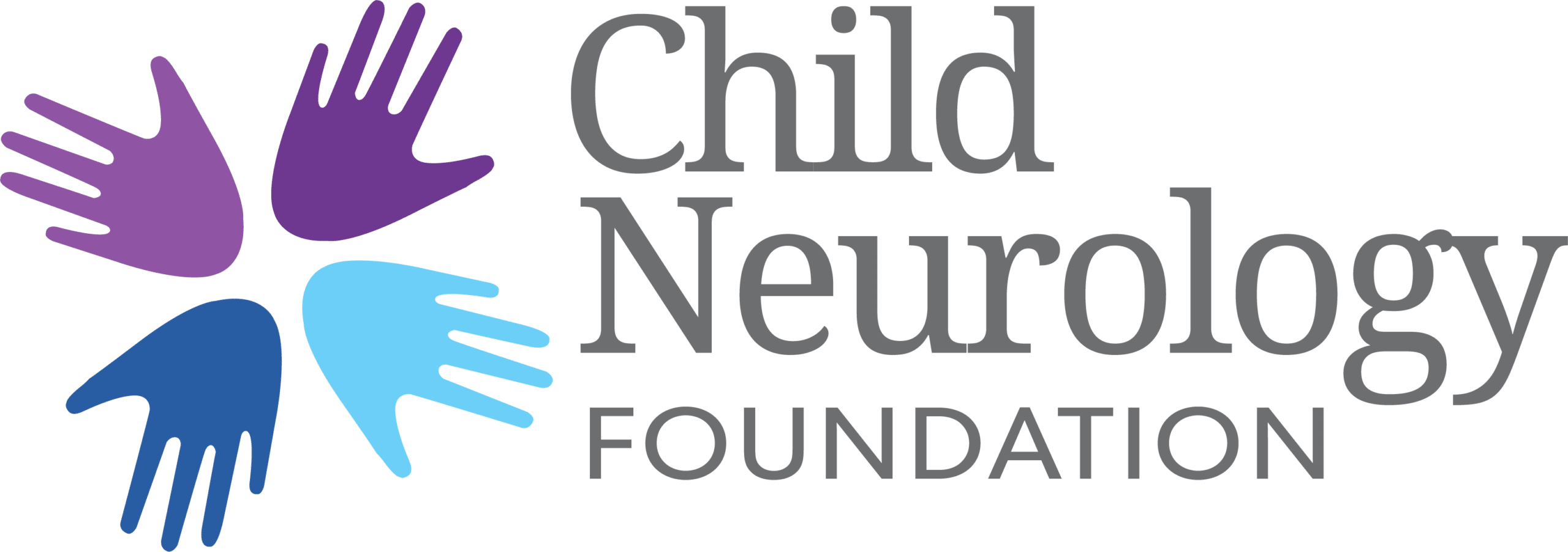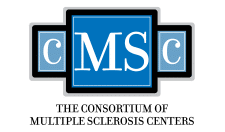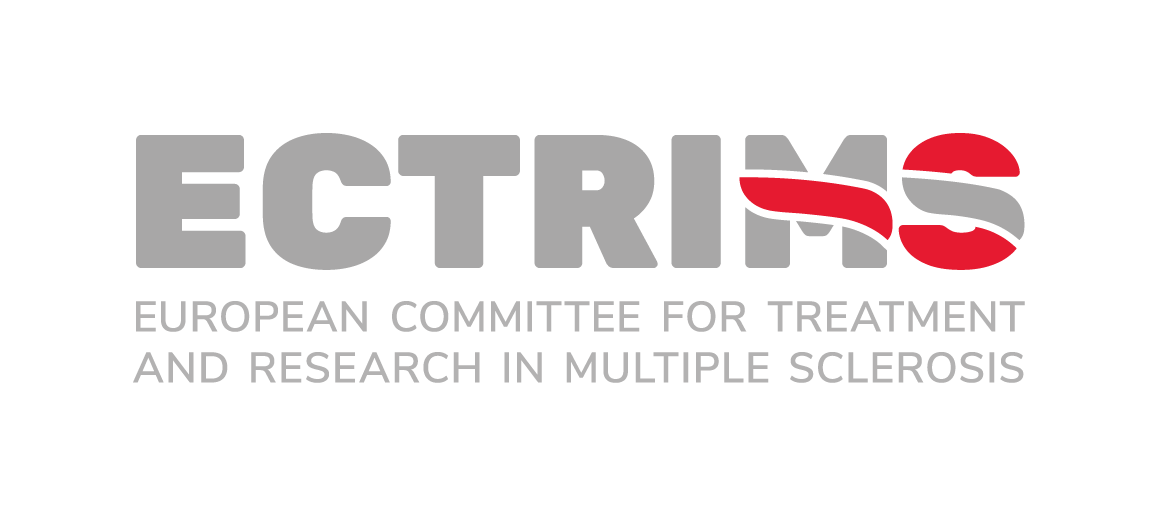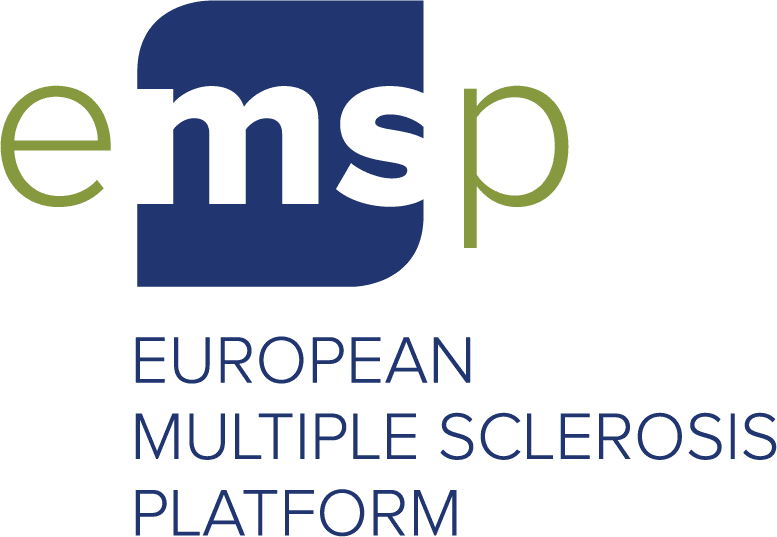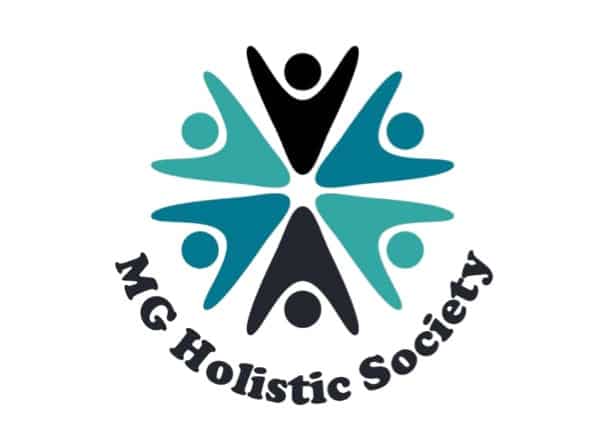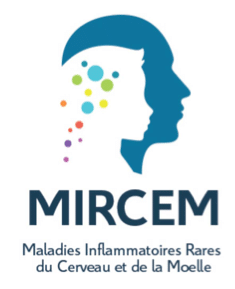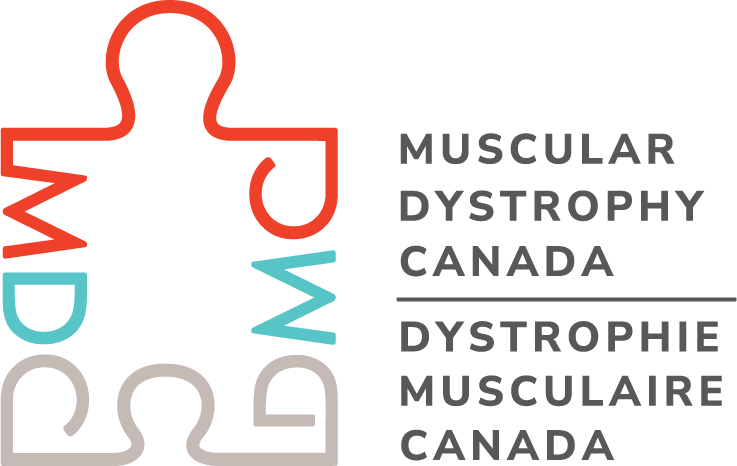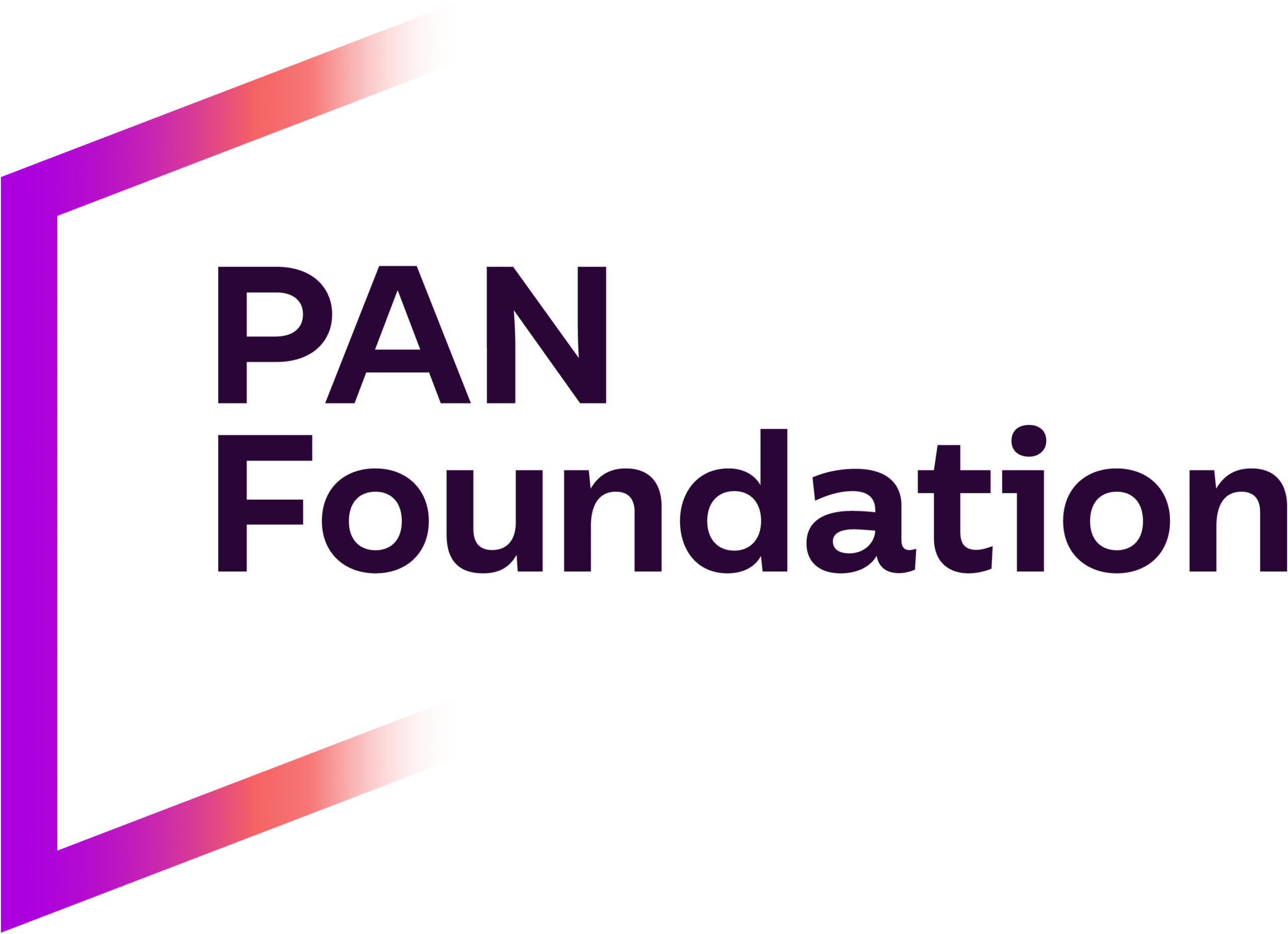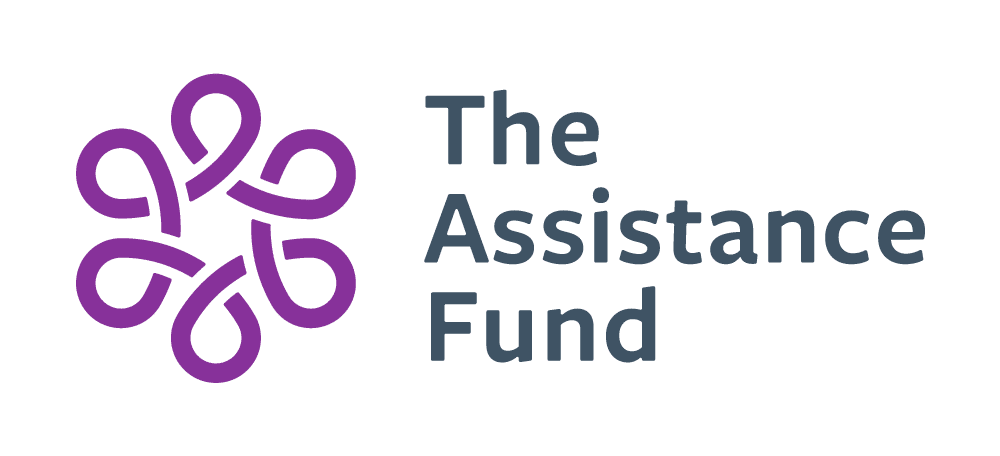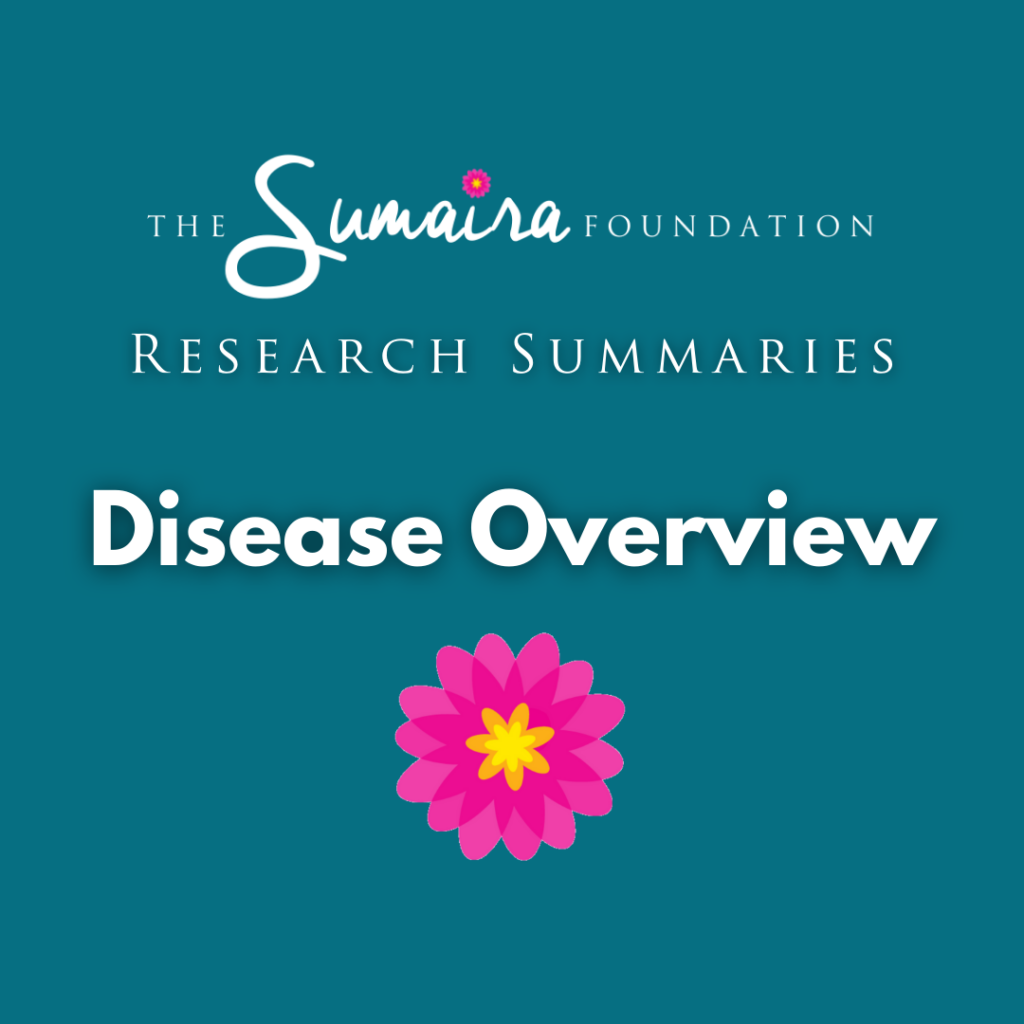
Phenotype of Relapsing Myelin Oligodendrocyte Glycoprotein Antibody-Associated Disease in Children
Journal: Journal of Clinical Neurology; July 1, 2025
Author(s): Ji Yeon Han, Soo Yeon Kim, Woojoong Kim, Hunmin Kim, Anna Cho, Jieun Choi
What does relapsing MOGAD look like in children? A study from South Korea
This study aimed to understand the features of relapsing MOGAD in children. Researchers looked at medical records from 100 children with MOGAD (aged <18 years) at Seoul National University Children’s Hospital between January 2010 and January 2022. Of these, 43 children experienced at least one relapse. Most children first showed symptoms at about the age of 7 years. The children were observed for 5 years and 4 months (65 months) on average, during which time most children had 2 relapses. 15 of 43 (35%) patients had their first relapse within 3 months of their first episode. The most common features of the first episode were inflammation of the brain (acute disseminated encephalomyelitis) or optic nerve (optic neuritis). The symptoms at the time of relapses were varied, with some patients showing symptoms similar to neuromyelitis optica spectrum disorder (NMOSD), some showing repeated episodes of brain or optic nerve inflammation, and others showing mixed symptoms. Overall the findings showed that MOGAD tends to relapse early among children and can have varied symptoms at the time of relapse.
Related article: Attack phenotypes and disease course in pediatric MOGAD
Free Access: Full text with visual abstract








